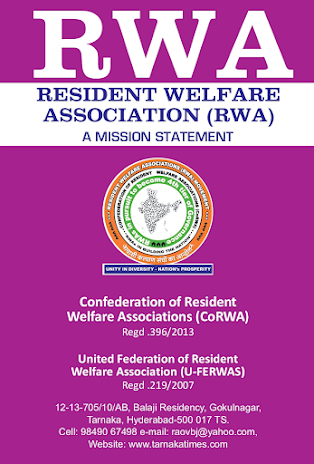In this book we identify certain positive
trends towards a just and equitable growth, sustainable development, social
harmony and democratic culture, as well as negative trends that are, on the
other hand, partially neutralizing them.
In the succeeding pages, we
identify those actors in the society, category by category, who can manage
these changes for themselves, independently, and, also we demonstrate,
precisely, to those actors as to how and where they can do it. A number of
latest on-going schemes and projects are mentioned only as examples, so as to
assess their quantitative imperatives to qualitative potential. A number of
persisting vulnerabilities are exposed in comparison with other countries.
Perhaps, some of them could be solved in collaboration with them. After all,
what is happening to us is not unique. However, probably, we are setting an
example of a low-cost model of development.
The hope lies, particularly, in
the emerging explosive vitality and audacity of the private sector in a spirit
of 'collective capitalism' and the dynamism of the middle classes.
Regionalisation of urban amenities is facilitating this process. Similarly,
there are modern practices of a new economic culture that are, increasingly,
influencing the psycho-social behaviour of the rural people. Access to
nontraditional credit mechanisms and insurance policies are just two examples.
As we demonstrate on every occasion, in our counfry, we are suffering from not
only lack of infrastructure or hardware facilities but also the 'software' of
efficient management of the existing resources. The latter deficiency i.e. the
management inefficiency deserves our harshest criticism and necessary proposals
for suitable action by the civil society as a tax payer and as a consumer. This
is valid for both public and private sector activities. Customized measures
have to be taken in three directions: creating productive employment for all,
professionalising agriculture and bringing urban amenities in rural areas. The
issues dealt with are identified and numbered so as illustrate what is at stake, to explore
possible strategies, to identify he actors and, finally, to say to the civil
society, in many cases, 'You do it yourself'.
For hard copies please mail me at raovbj@yahoo.com








0 Comments